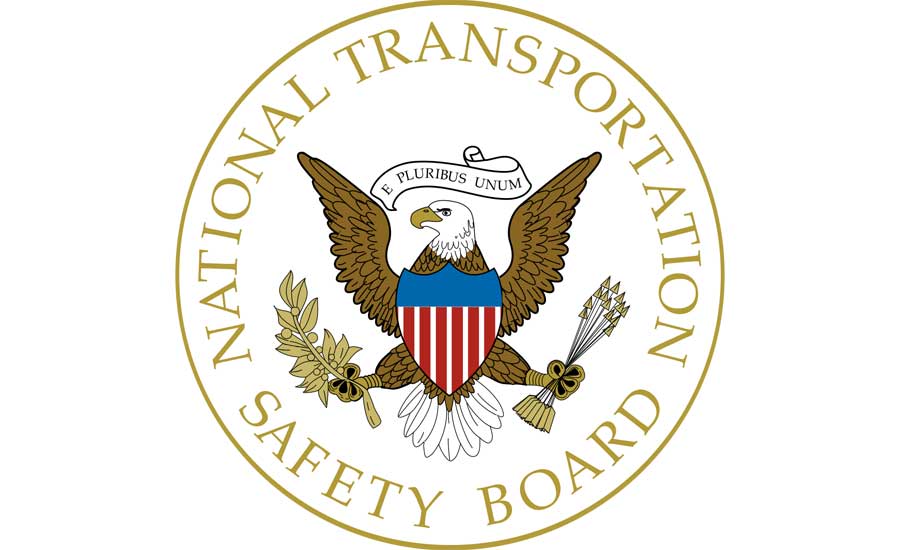The flight that crashed in Chamberlain, South Dakota last month, killing nine people and injuring three others, lasted all of two minutes. At least that’s when the airplane’s data recorder stopped functioning, according to the National Transportation Safety Board (NTSB), which released a preliminary report into the November 30th incident.
The pilot was fatally injured in the crash, along with eight passengers who were all members of an extended Idaho family: Jim Hansen Sr., his sons, Jim and Kirk Hansen, Kirk Hansen’s children, Stockton and Logan; his sons-in-law, Kyle Naylor and Tyson Dennert; and Jim Hansen’s son, Jake, and grandson, Houston. The family was returning from a hunting trip in South Dakota.
Poor visibility
According to new details released by the NTSB, the plane took off Chamberlain Municipal Airport destined for Idaho Falls Regional Airport, Idaho at 12:31 p.m. central standard time, in weather conditions described overcast, with visibility limited to 1/2-mile due to snow. Freezing rain and snow were observed in the vicinity of the airport the previous afternoon and overnight before the accident flight. News reports said planes were unable to land at Chamberlain at the time of the crash.
Witnesses said the pilot and a passenger worked for three hours to remove the snow and ice from the airplane before the accident flight.
Stall warning came on one second after takeoff
In its investigation so far, the NTSB has determined that:
- The plane took off at 12:31 p.m. and immediately rolled about 10 degrees to the left.
- The roll decreased to about five degrees left as the airplane climbed through about 170 feet above ground level and then reversed to about five degrees right.
- The airplane ultimately entered a 64-degree left bank as the airplane reached its peak altitude of 460 feet above the ground.
- The cockpit stall warning and stick shaker became active about one second after liftoff and the stick pusher became active about 15 seconds after liftoff. They continued intermittently for the duration of the flight.
- The data recording ended about 12:33 p.m.
- No radio communications were received from the pilot, and radar contact was never established.
Less than a mile from the airport
The recorder also captured cockpit sound. The NTSB will convene a group of technical experts to produce a transcript.
The accident site was located at 1:57 p.m. approximately three-fourths of a mile west of the airport in a dormant corn field. The debris path was approximately 85 feet long and was oriented on a 179-degree heading.
The preliminary report details facts uncovered during the on-scene investigation and does not include analysis or a probable cause for the accident. Probable cause will be determined at the end of the investigation, which could take between 12-24 months to complete. No conclusions about the cause of the accident should be made based on the information contained in the preliminary report, which can be found at https://go.usa.gov/xpfsq









